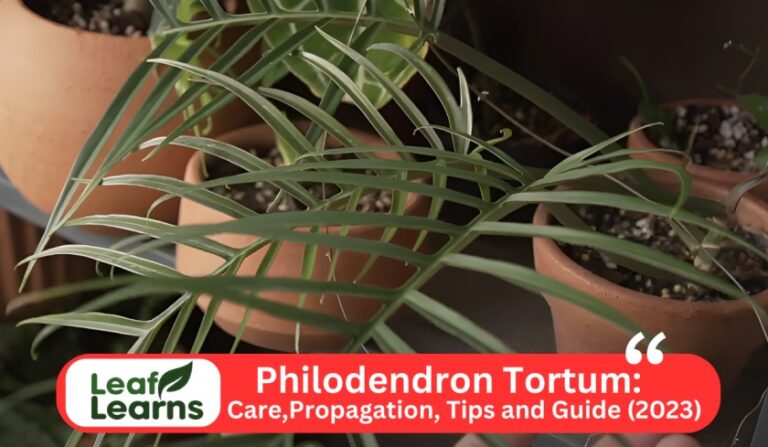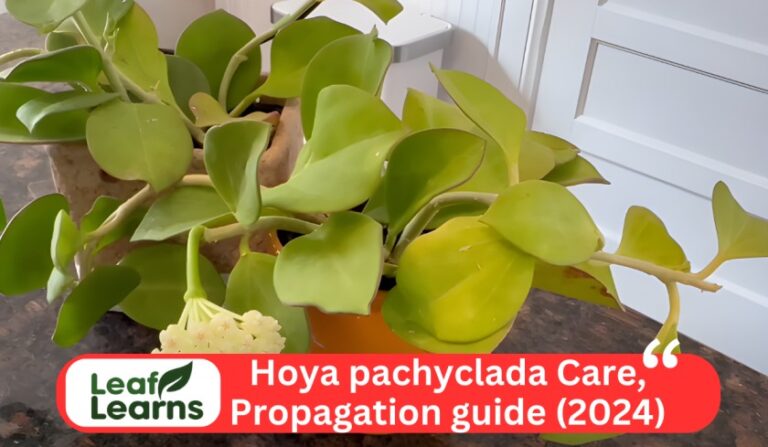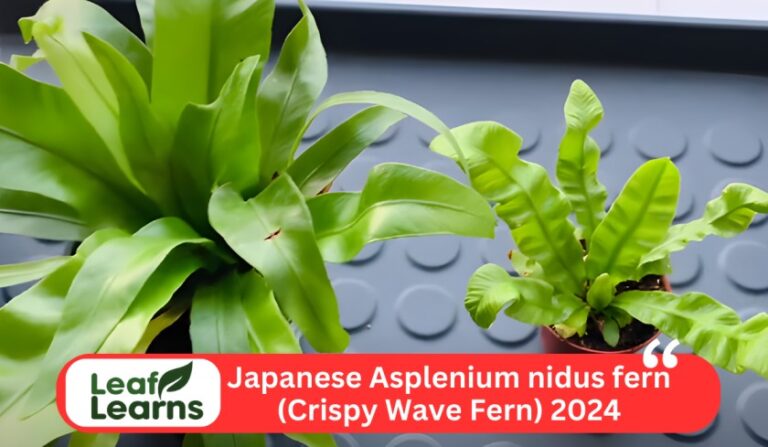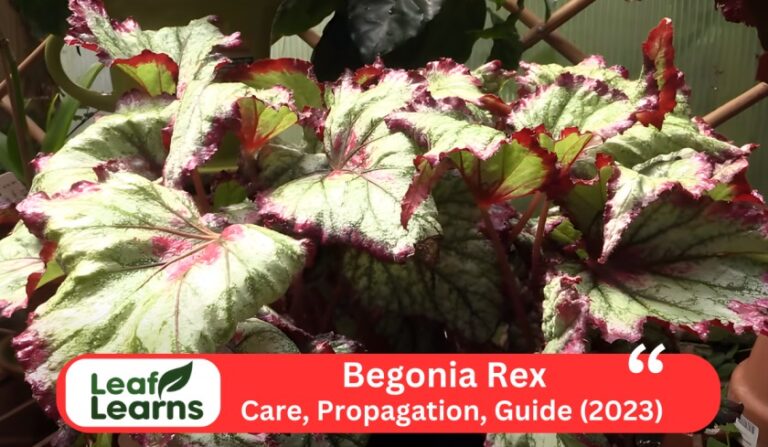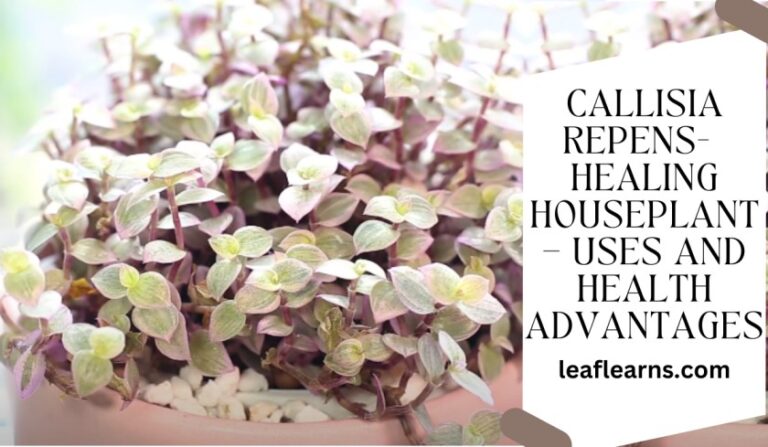Philodendron Verrucosum Care, Propagation, Tips Guide (2023)
The Ecuador Philodendron scientifically called Philodendron verrucosum. It is Originate from South America, particularly Colombia and Ecuador Places. This epiphytic vine boasts dimensions, with a mature size of up to 3 feet tall, 2 feet long, and 2 feet wide.
The foliage conatain colours of dark green, paler green, and red-purple hues, making it beautiful for your home decoration.
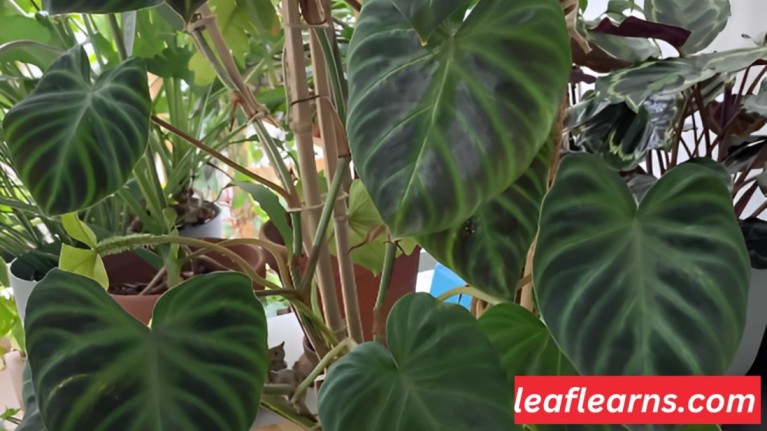
When it times to bloom, the flowers shows the colours of pink or white. To care this plant, it requires a temperature range of 65°F to 80°F (18°C to 27°C) and Placed in high humidity at 50% or higher. Pruning is necessary to manage its size and remove any dead or yellowing leaves for healthy plant.
This plant put it in bright, indirect sunlight for proper growing and needs well-draining, organic-rich soil with slightly acidic to neutral pH level. While its velvety textured leaves with prominent veins and unique heart-shaped foliage make it an eye-catching addition to any space, it’s important to note that it is toxic to both pets and humans.
| Common name | Ecuador Philodendron |
| Scientific Name | Philodendron verrucosum |
| Family | Araceae |
| Distribution | South America, Colombia and Ecuador |
| Plant type | Epiphytic vine |
| Size | 3 ft. tall, 2 ft. long, 2 ft. wide |
| Leaf Colour | Dark green, paler green, red-purple |
| Flower colour | Pink, White |
| Temperature | 65°F to 80°F (18°C to 27°C) |
| Humidity | High humidity preferred, 50% or higher |
| Pruning | Prune to control size and remove dead or yellowing leaves |
| Light requirement | Bright, indirect sunlight |
| Soil requirement | Well-draining, organic matter rich potting mix |
| Watering Need | Keep soil moist but not waterlogged. |
| Soil pH | Acidic, Neutral |
| Toxicity | Toxic to pets, toxic to people |
| Special feature | Velvet-textured leaves with prominent veins, and unique heart-shaped leaves, |
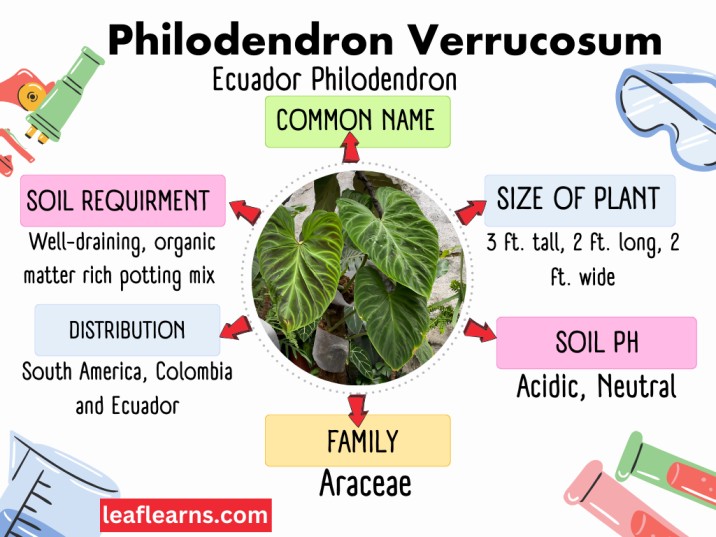
Contents
- 1 Philodendron Verrucosum Care Tips
- 2 Care for Philodendron verrucosum
- 3 Repotting and Pruning
- 4 Foliage and Flowers
- 5 Common Problems and Solution
- 6 Pests
- 7 Propagation for Philodendron verrucosum
- 8 Philodendron-Verrucosum Root Rot
- 9 Verrucosum Drooping Leaves
- 10 Growth Rate and Size
- 11 How to Get Bloom
- 12 Is the Philodendron-verrucosum pet safe?
- 13 Types or Varieties
- 14 Varieties of Philodendron: Exploring Unique Foliage
- 15 Care Tips for Growing and Maintaining Variants
- 16 Conclusion
- 17 FAQs
Philodendron Verrucosum Care Tips
- Light
- Put your plant in a spot with strong, filtered light. Avoid the sun’s direct rays since they might burn the foliage.
- Watering
- Please water your plant sparingly. Before watering again, let the top 1-2 inches of the soil dry off. Root rot can result from overwatering.
- Humidity
- Keep the humidity high around your Philodendron-verrucosum. Use a humidifier or frequently mist the leaves. The humidity-rich climate is ideal for this tropical plant.
- Temperature
- Don’t forget to keep your Philodendron-verrucosum in a warm location. It enjoys temperatures of between 70 and 80 °F (21-27 °C). Keep it away from droughts and freezing temperatures.
- Soil and Potting
Use a potting mix that drains well, is aerated, and can hold some moisture without becoming soggy. Repot your plant every two to three years, or when the roots get confined.
Care for Philodendron verrucosum
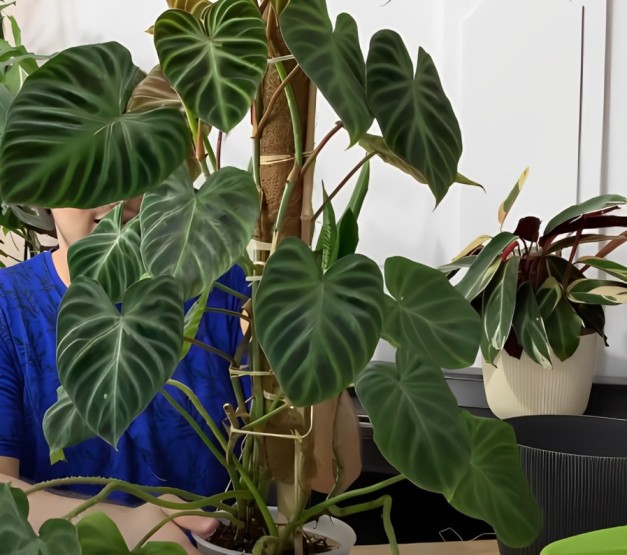
Light requirement
You should put the tropical plant Philodendron-verrucosum where it can receive bright, indirect light because it doesn’t like direct sunshine. Consider it as providing your plant with a pleasant, mild shadow, similar to a sunny room but without the sun’s rays immediately striking its leaves.
This enables it to flourish without getting scorched by the sun. Therefore, always keep the light exactly right while caring for your this type of plantm – not too bright and especially not in the harsh, direct sun.
Soil requirement
Pay particular attention to the demands of your Philodendron-verrucosum soil when taking care of it. This plant prefers soil with good drainage that lets extra water drain away. Like Goldilocks, it should be just right—not too wet or too dry.
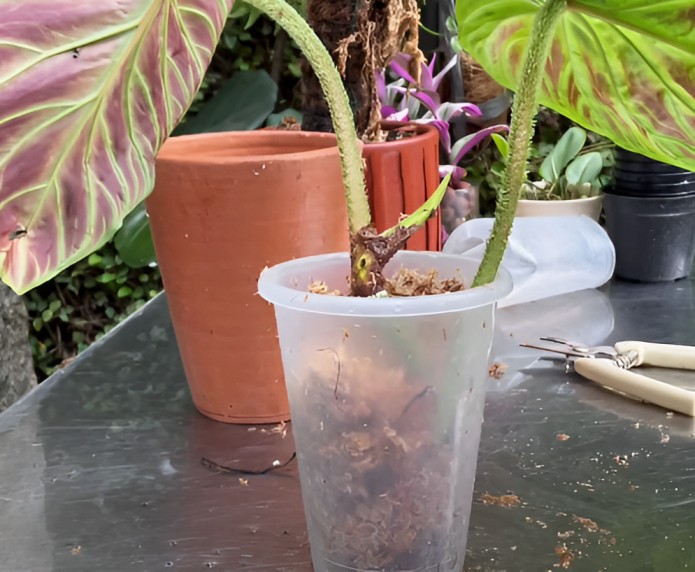
A mixture of potting soil, perlite, and orchid bark, which helps maintain the proper balance of moisture, would be a wonderful choice for this philodendron.
The soil should be regularly moist but not saturated since excessive moisture might cause root issues.
Water requirement
Like many houseplants, Philodendron-verrucosum has certain water needs that are critical to maintaining its health. You need to find a balance in order to keep this plant content. Allowing the top 1-2 inches of soil to dry out before watering it again is considered moderate irrigation.
Think of the soil like a sponge; it shouldn’t always be sopping wet, but you also don’t want it to be completely dry. When the earth seems just a little bit dry to the touch, stick your finger into the soil and moisten.
Remember, it’s preferable to let it dry out a little between waterings than to keep it continually damp. Overwatering can cause root rot.
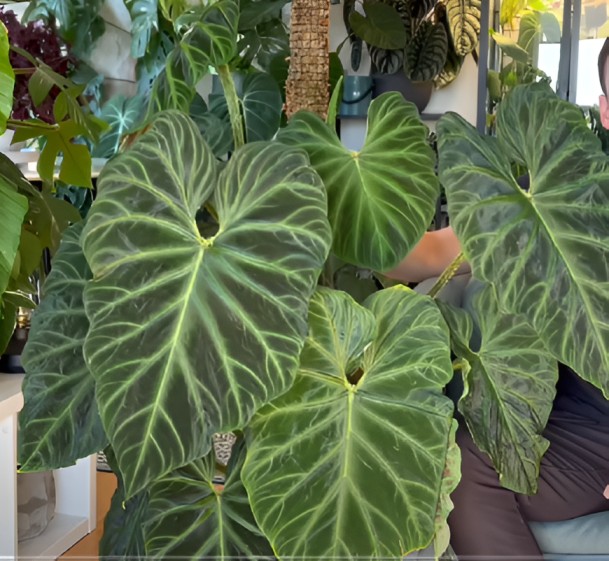
Temperature requirement
It’s critical to comprehend the temperature needs of your Philodendron-verrucosum in order to properly care for it. Try to maintain the room’s temperature between 70 and 80 degrees Fahrenheit (21-27 degrees Celsius) because this plant loves to feel comfortable.
It dislikes being too cold, so keep it away from draughts and cool areas. Imagine that you are keeping it warm and comfortable in a jumper; as long as you maintain these circumstances, it will be content and in good health.
Humidity requirement
Like many tropical plants, Philodendron-verrucosum has specific humidity needs. Consider it like a spa day in the rainforest if you want to keep this plant happy. You should periodically water its leaves or position it close to a humidifier because it loves high humidity levels.
Your verrucosum may get irritable and exhibit it with brown, crispy leaf margins if the air around it becomes too dry. Your plant will reward you with luscious, velvety leaves if you take care of it by providing moisture to create a cosy, jungle-like environment.
Fertilization requirement
You must fertilize your this plant for it to thrive. During the growing season (spring and summer), feed it with a balanced, water-soluble fertilizer every two to four weeks to maintain it healthy.

This implies that you should fertilise your plant once a month on average. While the plant isn’t actively developing in the autumn and winter, you may cut back on or even forgo fertilising completely.
To prevent overfeeding, which might hurt your prized Philodendron, keep in mind that less is frequently more when it comes to fertilizing. It is preferable to use a diluted fertilizer solution.
Potting requirement
It’s crucial to follow the Philodendron-verrucosum’s potting instructions if you want it to grow happily. This plant requires a potting mixture that drains well, thus the soil should let water to percolate through while still holding onto some moisture.
A mix made specifically for aroids can be used, or you can manufacture your own by blending peat moss, perlite, and orchid bark. It’s time to repot the plant into a little bigger container when you see the roots starting to overtake the pot or the plant outgrowing its present home.
Your plant will remain strong and grow as a result of having more space for its roots to expand and absorb nutrients.
Repotting and Pruning
To maintain your Verrucosum plant healthy and looking its best, repotting and pruning are necessary. Consider repotting as giving your plant a new home when it outgrows its present container. Do this every two to three years or whenever you see the roots starting to fill the container.
To avoid soggy roots, use a somewhat bigger container with excellent drainage and new, well-draining soil. Pruning now is like to giving your plant a haircut.
Remove any damaged or yellowed leaves to promote fresh development. You may also prune down long stems to encourage a bushier, more compact form if your Philodendron starts to get lanky or too bushy. Pruning maintains the order and health of your plant.
Foliage and Flowers
The beautiful leaves and distinctive blooms of the Philodendron-verrucosum are well-known. Its leaves have velvety, deep green surfaces and silvery-white veins that give it an attractive and unusual appearance.
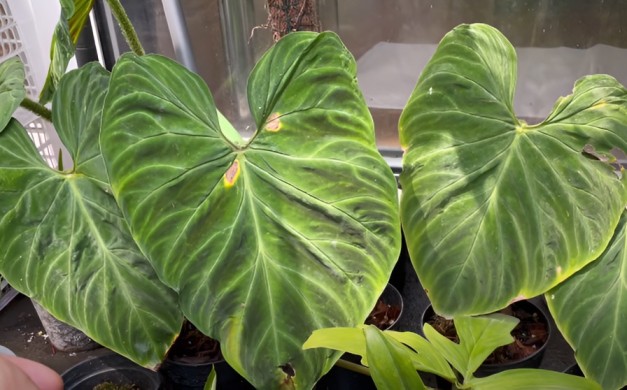
They are big and heart-shaped. Although unusual in indoor settings, the blooms are modest and unnoticeable while the foliage takes the stage.
The primary reason for growing this plant is for its lush, alluring leaves, which can get very big. Plant lovers who want to add a touch of tropical elegance to their homes frequently choose this plant.
Common Problems and Solution
Here are some common problems that your plant may face, along with their solutions :
Problem: Yellowing Leaves
Solution
- Overwatering may be the cause of yellowing leaves. In order to change your watering plan, let the soil dry out between waterings.
Problem: Browning Leaf Tips
Solution
- Low humidity is typically indicated by browning leaf tips. By spraying the leaves or using a humidifier, you may raise the humidity.
Problem: Leggy Growth
Solution
- Lack of light can lead to leggy growth. To stimulate compact, bushy growth, move your plant to a brighter location with indirect sunlight.
Problem: Drooping Leaves
Solution
- It’s possible that drooping leaves indicate underwatering. Check that the soil is regularly wet but not soggy, and think about changing your watering schedule.
Problem: Pests (e.g., mealybugs, spider mites)
Solution
- Regularly check your plant for pests; if you discover any, get rid of them by hand or treat the infestation with insecticidal soap.
Pests
Plants of the Philodendron-verrucosum species may be threatened by pests including mealybugs and spider mites. These little invaders can harm leaves and impede development.
Check your plant frequently for symptoms of infestation, and if any are found, take the proper precautions, including using insecticidal soap, to protect the plant’s health.
Propagation for Philodendron verrucosum
- Stem Cuttings
- The most popular and trustworthy approach is this one.
- Cut a branch off that has at least one leaf node.
- It should be placed in a rooting medium until roots appear.
- Air Layering
- Make a tiny cut in a healthy stem, then cover it with plastic wrap and damp sphagnum moss.
- The moss ball will eventually sprout roots.
- Cut below the moss ball after roots have taken hold, then plant it.
- Offsets
- At the root of certain adult Philodendron verrucosum plants, offsets or “pups” are produced.
- These offsets should be gently separated and planted in separate containers.
- Division
- At the root level, cut the plant in half.
- Make sure the stem and root system are represented in some part of each division.
- Put the divisions back into their original containers.
- Leaf Cuttings
- With bigger leaves, it is less frequent but still feasible.
- Make sure each portion of a mature leaf has a vein before cutting it into sections.
- These pieces should be rooted in a medium.
- Aerial Roots
- If your mature plant has aerial roots, you can cut them and plant them as cuttings.
- Sphagnum Moss Propagation:
- A stem with aerial roots should be covered in wet sphagnum moss.
- After the moss develops new roots, take off the rooted section and plant it.
- Water Propagation
- Put stem cuttings in a water-filled container.
- Wait for roots to form and constantly change the water.
- Once the cutting’s roots are well-established, plant it in soil.
Seeds
Since Philodendron-verrucosum seldom produces viable seeds indoors, it is normally propagated using stem cuttings as opposed to seeds.
Take a good stem cutting with a node and put it in a well-draining mixture after letting it calluse for a day. To ensure successful root formation, keep it warm and damp
Philodendron-Verrucosum Root Rot
When Philodendron plant roots remain in damp soil and decompose, they are vulnerable to root rot. Brown, mushy roots are the first sign of this fungus disease, which can also cause wilting and leaf loss.
Root rot may be avoided by using well-draining soil, avoiding overwatering, and letting the soil dry out in between waterings.
Verrucosum Drooping Leaves
Drooping leaves of Philodendron-verrucosum may indicate low humidity or underwatering.
By spraying the leaves or using a humidifier, you may enhance humidity while ensuring that the soil is continually moist but not soggy.
Your plant may be revived and have its vitality returned with the right care.
Growth Rate and Size
Because of its often sluggish development, the Philodendron-verrucosum is well-known.
It may grow to a reasonable height and breadth of around 2 to 3 feet (60 to 90 centimetres) and produce thick, velvety leaves when conditions are ideal. To observe its steady, breathtaking growth, patience is essential.
How to Get Bloom
Provide ideal circumstances for Philodendron plant to blossom, including bright, indirect light, constant humidity, and the optimum temperature (70–80°F). As it normally blooms on more established vines, let the plant grow.
In order to promote blooming potential, a balanced, water-soluble fertilizer can also be administered during the growth season.
Is the Philodendron-verrucosum pet safe?
No Due to its hazardous potential for either cats or dogs, this plant is typically regarded as being non-safe for pets. Place it out of their reach, though, to avoid any unintentional nibbling, which might result in moderate stomach distress.
Types or Varieties
Philodendron-verrucosum: It is common distinguished by its remarkable look and velvety, heart-shaped leaves with silver veins.
Philodendron-verrucosum ‘El Choco Red’: This cultivar gives the traditional Verrucosum a distinctive and colourful twist by having brilliant red stems and petioles
Philodendron-verrucosum ‘Lime Fingers’: This variant features lime green, finger-like leaves that provide a welcome change from the usual dark green foliage
Philodendron-verrucosum ‘Mini’:This plant is a smaller-sized counterpart of the Verrucosum and has all the same endearing characteristics, making it perfect for cramped areas.
Philodendron-verrucosum ‘La Ceiba’: This variety, which has the name of a well-known Honduran tree, has striking and alluring silver marbling on its bigger leaves.
Varieties of Philodendron: Exploring Unique Foliage
The Philodendron-verrucosum is a stunning plant known for its velvety green leaves, each with its unique charm. Its diverse varieties, such as the arten, ableger, and Amazon Sunset, offer a wide range of choices for plant enthusiasts. The Amazon Sunset variation, with its iridescent foliage, is particularly eye-catching and sought after by collectors.
Whether you choose the compact Apollo or the sprawling Bosco, these plants variants bring a touch of beauty and elegance to any indoor garden. Their lush green leaves, often with a hint of purple or red, add a captivating dimension to your plant collection.
Care Tips for Growing and Maintaining Variants
Caring for a Philodendron-verrucosum is relatively straightforward. They thrive in a humid environment, making them suitable for terrariums. Proper humidity levels and a well-draining substrate ensure the best growth. Regular misting and occasional pruning help maintain their health and shape.
As these plants can grow relatively tall, providing them with a sturdy moss pole or trellis to climb on is recommended. With their captivating forms and lush green foliage, Philodendron varieties are not only a visual delight but also a rewarding addition to any plant lover’s collection.
Conclusion
Keep in mind these important guidelines while caring for Philodendron-verrucosum: give it the right amount of light, humidity, and temperature; use well-draining soil and water it sparingly; trim and repot as necessary; handle frequent problems right away; investigate propagation options; and be patient with its sluggish development.
Pets can use it without harm, but restrain them from nibbling. It will be a lovely addition to your indoor plant collection if you take care of it.
FAQs
Where should you place Philodendron Verrucosum for light?
This plant is placed In bright, indirect sunlight.
How often should you water Philodendron Verrucosum?
When the top 1-2 inches of soil are dry.
What temperature range does Philodendron Verrucosum like?
The temperature range from 70-80°F (21-27°C).
Why is high humidity important for this plant?
It’s a tropical plant that thrives in humidity.
What type of soil should you use, and how often should you repot?
This plant required Well-draining soil; repot every 2-3 years.
Is Philodendron verrucosum rare?
More difficult to locate than other philodendron varieties is philodendron-verrucosum. They are hard to come by because of this and the strong demand for them.
What family does the Philodendron Verrucosum belong to?
Its belong to family Araceae
Why Does My Philodendron Verrucosum Have Yellow Leaves?
Yellow leaves are a warning sign that your P. verrucosum needs to cease being overwatered. Prior to providing water to your Ecuador Philodendron plant always check the plant’s surface.

